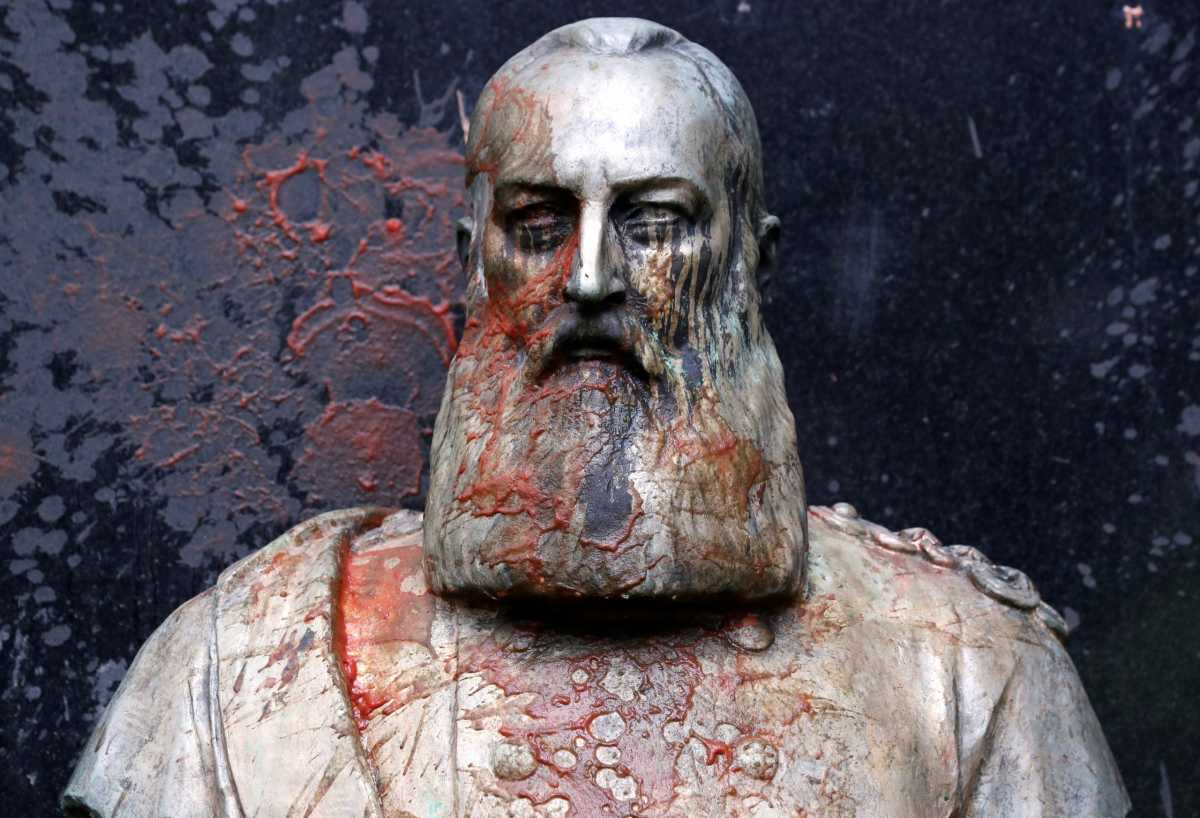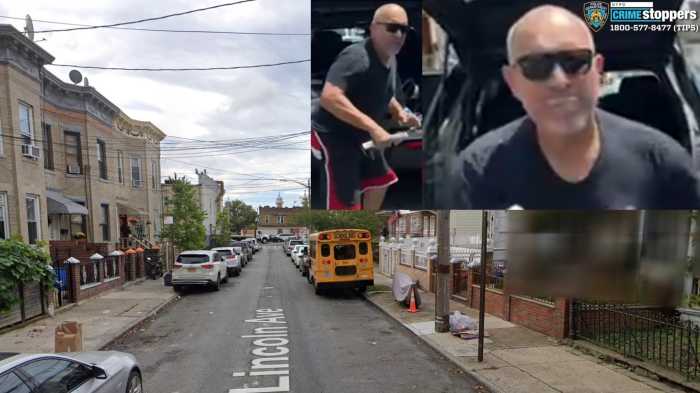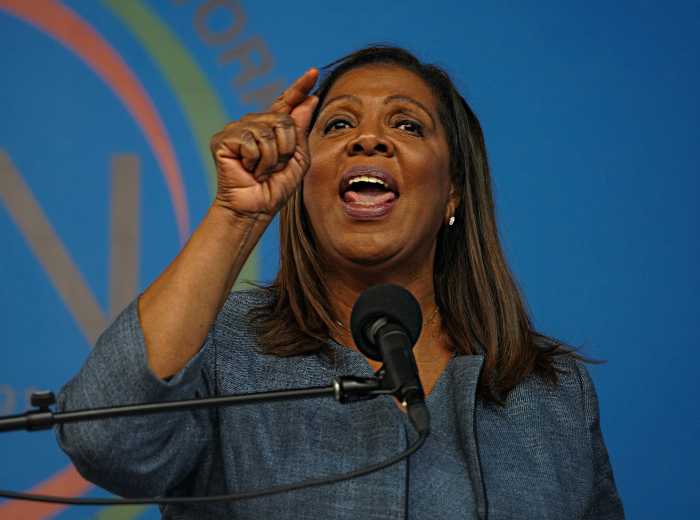BY GUY FAULCONBRIDGE
Once feted as pioneers, some of the architects of Europe’s empire building now face a backlash: anti-racism protesters are demanding their legacies be revisited and their often imposing statues be torn down and consigned to the trash heap of history.
From Cecil Rhodes in England and Captain James Cook in Australia to Christopher Columbus in the United States and King Leopold II in Belgium, the imperialists are under attack, sometimes from the descendants of those they once colonised.
The cause? A sweeping global reassessment of history and racism triggered by the May 25 death of George Floyd, a black man who died after a Minneapolis police officer knelt on his neck for nearly nine minutes while detaining him.
“Slavery is still very real history for black people – we are still living with the consequences of it, with a racial hierarchy that puts black people at the bottom,” said Mary Ononokpono, who is doing a PhD at the University of Cambridge on the British-Biafran slave trade.
“Britain, Europe and America – and Africa – have to confront their history,” said Ononokpono. “We urgently need to have a long-overdue and honest discussion about the history of slavery and its legacy of impoverishment.”
Protesters pulled down a statue of Edward Colston, a 17th Century slave trader, in the English city of Bristol on Sunday and dumped it in the harbour. It has been retrieved and will be placed in a museum.
Such is the anger that the movement has broadened to target colonialists, monarchs and explorers, who in some cases destroyed or enslaved local populations across the world in the European scramble for empire and treasure.
It has also reignited debate in the United States over symbols associated with the South’s pro-slavery Confederacy.
Opponents of the symbols, including monuments, memorials and the Confederate flag, consider them emblems of slavery, racism and U.S. xenophobia. Supporters say they represent the South’s heritage and culture, and serve as a memorial to Confederate casualties during the 1861-65 Civil War.
SINS OF THE PAST
Statues have long been toppled as the currents of history shift and empires rise and fall.
Just days after the American Declaration of Independence in 1776, revolutionaries felled a statue of George III. During the French Revolution, Louis XV was torn down.
Josef Stalin fell in Budapest in 1956 during the Hungarian Revolution. Vladimir Lenin was toppled as first the Berlin Wall and then the Soviet Union itself crumbled.
‘Iron Felix’ Dzerzhinsky, who established what became the KGB, was pulled down in 1991 outside KGB headquarters in Moscow. In Baghdad, Iraqi President Saddam Hussein’s statue was felled after the invasion in 2003, with the help of American troops.
Moscow even has a cemetery for fallen statues: a museum littered with the crumbling heroes of a fallen superpower.
While revolutions may usher in sharp changes in historical perspective, rarely has one man’s death triggered so much debate about racism and the sins of the past – which many black people feel have yet to be atoned for.
Some find the destruction of statues troubling.
Former Australian Prime Minister Tony Abbott condemned demands to take down a statue of Rhodes at Oxford University.
“Pulling down statues of past heroes is cultural vandalism of the worst sort,” Abbott, a Rhodes Scholar, told the Australian Financial Review. “We should learn from their strengths and their weaknesses but we should never imagine that we have the last word in wisdom and insight.”
In Africa, too, there is caution.
Anthony Bouadi, 30, a tour guide at Cape Coast Castle in Ghana, where slaves were once held in windowless dungeons before being sent across the Atlantic, said it was wrong to tear down statues.
“They should have a specific museum for those monuments and statues – a museum that portrays the history of slave-owners,” Bouadi said.
“The history of the transatlantic slave trade is very cruel, it’s not a good thing. However, we have to remember what happened in the past so we don’t repeat what happened.”
NOT EVERYONE WANTS CHANGE
In the United States, the modern movement to remove Confederate memorials began with the 2015 murder of nine black worshippers at a church in Charleston, South Carolina, by a white supremacist.
Outrage over the massacre prompted South Carolina’s governor to sign a bill enabling the removal of the Confederate flag from the State House grounds, and, according to a Southern Poverty Law Center estimate, led to the removal of more than 100 other Confederate symbols.
But resistance, both emotional and institutional, has been fierce.
The planned removal of two Confederate statues in Charlottesville, Virginia, in August 2017 sparked a deadly white supremacist protest in that city.
On Monday, a Virginia judge temporarily blocked Governor Ralph Northam from taking down a Confederate monument in Richmond.
U.S. President Donald Trump on Wednesday rejected any proposal to rename U.S. military bases that are named for Confederate leaders.
EUROPE’S ORIGINAL SIN?
In Britain, a statue of wartime leader Winston Churchill was scrawled with the words “was a racist” and obscene language during an anti-racist protest in central London on Sunday.
Prime Minister Boris Johnson said it was “absurd and shameful” that a Churchill statue should be at risk of attack, and that we should not “try to edit or censor our past.”
Italian explorer and colonialist Christopher Columbus was pulled down in Virginia on Tuesday.
In the northeastern French town of Lille, outrage over Floyd’s death has brought new energy to a campaign to remove a statue of General Louis Faidherbe, who played a role in the colonialisation of Algeria in the 1840s and was governor of Senegal under Napoleon III.
“He ruled Senegal through terror, burning villages and massacring people, yet despite that he continues to be glorified in Lille,” said Nicolas Butor, an activist for Survie, which fights neocolonialism in France.
“We want the Faidherbe statue removed from public space. We need to stop glorifying racist colonial figures,” Butor said.
London has announced a review of street names and statues, many of which reflect the rapid expansion of London’s wealth and power at the height of Britain’s empire under Queen Victoria.
“Murderer” and “racist” were scrawled on a statue of Victoria, who reigned from 1837-1901, in the English city of Leeds.
So what is the solution?
Banksy, the street artist who hails from Bristol, had one suggestion for how to bridge the divide over the statue of Colston.
“We drag him out the water, put him back on the plinth, tie cable round his neck and commission some life-size bronze statues of protesters in the act of pulling him down. Everyone happy. A famous day commemorated.”





































